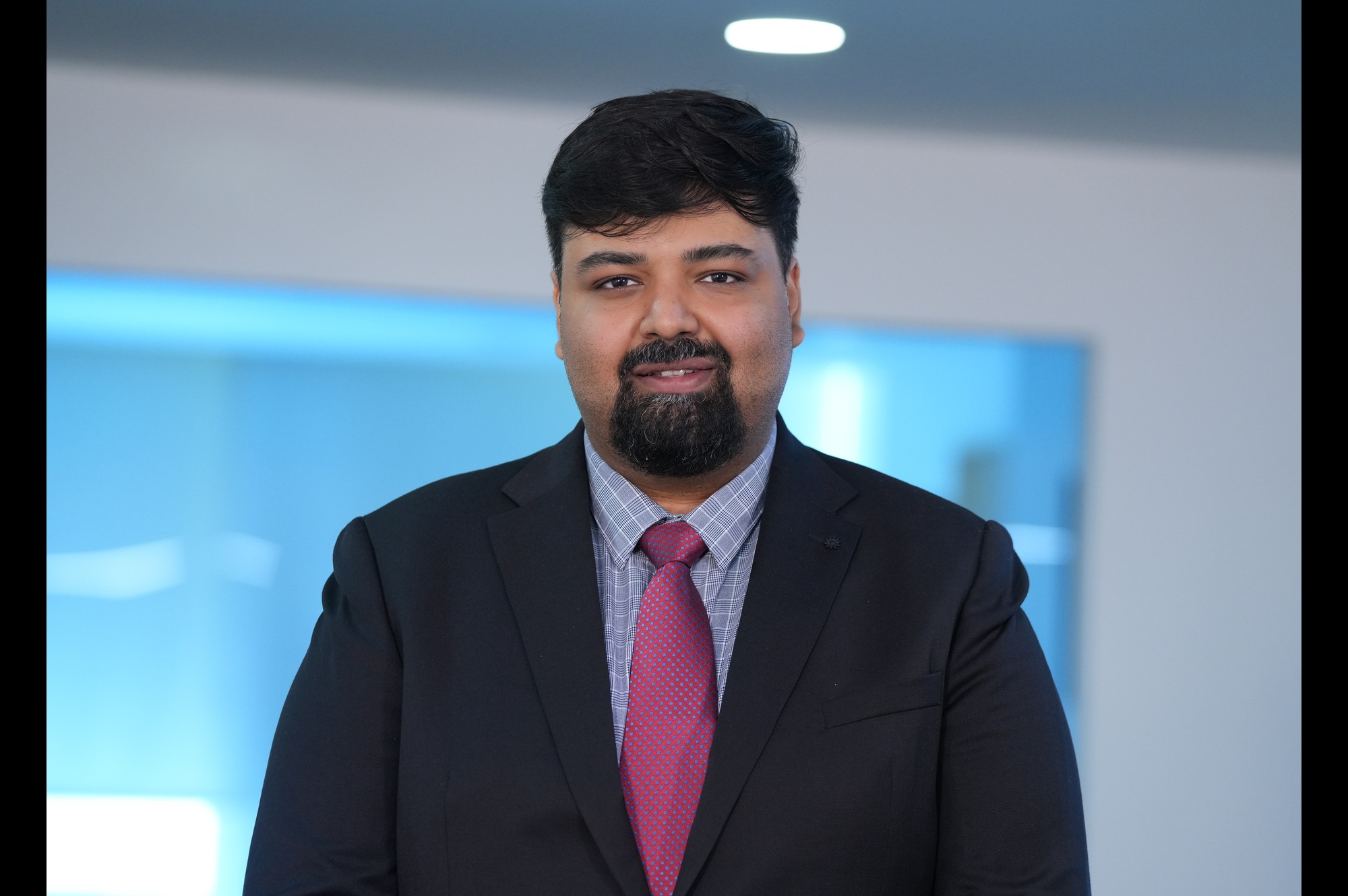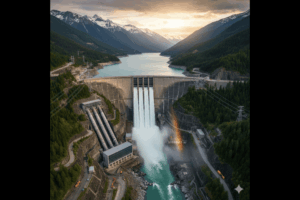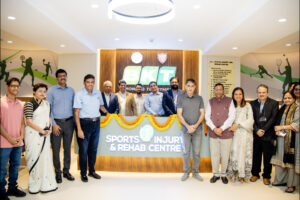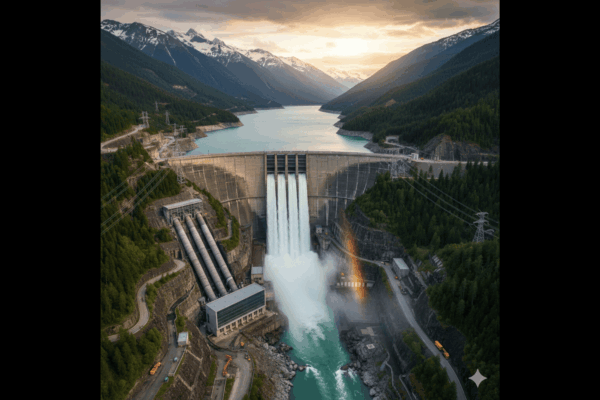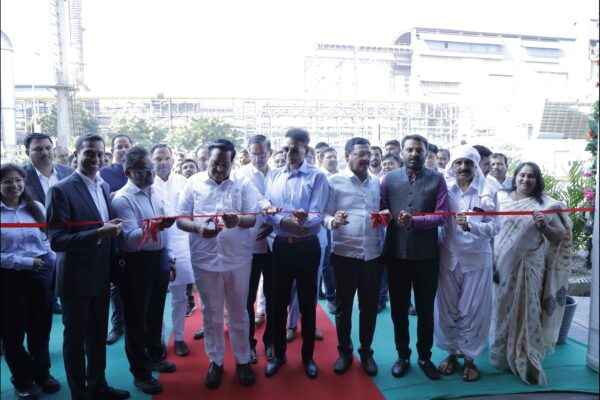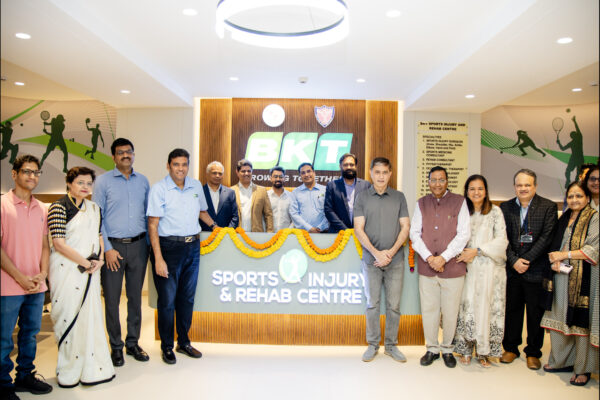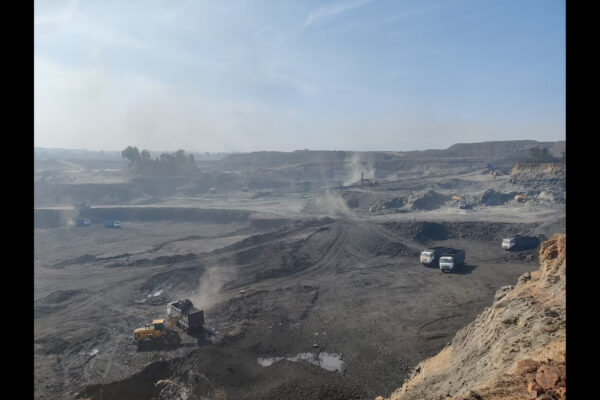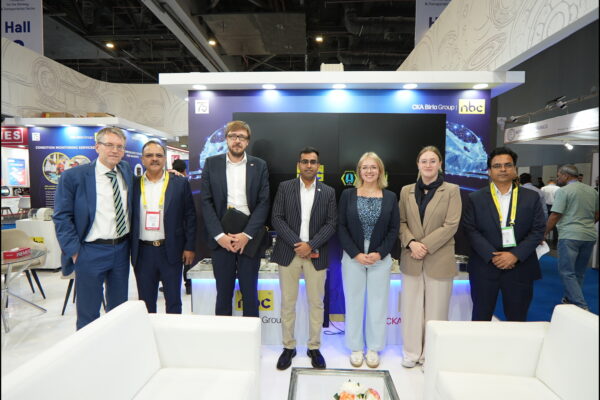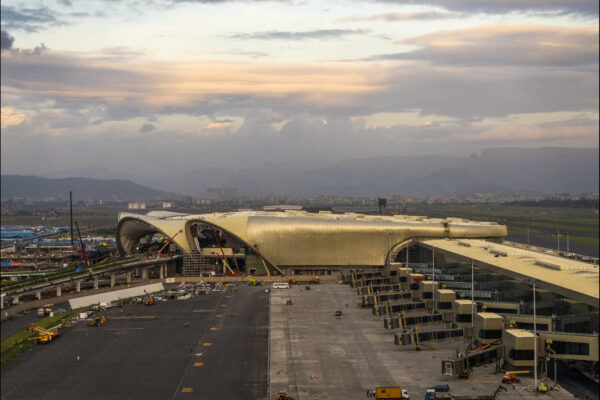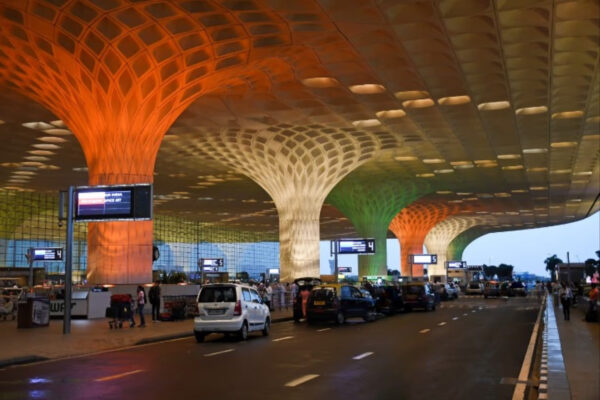Interview: Rohan Mittal,Head – Strategy & Business Growth – GCC, VA Tech Wabag
How is the market for wastewater solutions shaping up in India?
India’s water stress is intensifying, driven by rapid urbanization, industrialization, and climate change. With growing demand and limited freshwater resources, wastewater is no longer seen as a liability — it’s increasingly recognized as a valuable resource. We are witnessing a clear shift towards circular water management. Government programs like Namami Gange, AMRUT 2.0, and stricter ZLD regulations are accelerating the creation of wastewater infrastructure. At the same time, industries are responding to ESG mandates and supply chain pressures by investing in reuse and energy-efficient solutions. The real game-changer is the scale of opportunity: urban India generates over 72,000 MLD of wastewater, but only a fraction is currently treated and reused. Studies suggest that up to 70% of urban water demand — especially for non-potable uses — can be met through reclaimed water. This positions the wastewater sector as a critical enabler of water security and sustainability in the coming decade.
What is the role your organisation is playing in advancing wastewater management in India?
WABAG has been at the helm of India’s wastewater transformation — combining global expertise with local execution to deliver sustainable, high-impact solutions across the country. We are a key partner to the Namami Gange Mission, executing large-scale wastewater treatment projects across all major states in the Ganga Basin. Today, WABAG is managing and treating over 195 crore litres of used water every single day, playing a critical role in restoring the health of one of India’s most iconic rivers. Our plants are designed not just for treatment, but for resource recovery — generating biogas for energy, managing sludge responsibly, and contributing to a circular economy. Plants like our 45 MLD TTRO facility in Chennai and 40 MLD TTRO plant in Ghaziabad are prime examples of converting municipal wastewater into high-quality industrial-grade water, helping reduce the burden on freshwater sources in water-stressed urban clusters. In a significant leap toward modernizing urban sanitation infrastructure, VA Tech WABAG has pioneered India’s first “One City – One Operator” (OCOO) sewage management model. The initiative took off in Uttar Pradesh, where WABAG secured two landmark contracts in 2019, covering the cities of Agra and Ghaziabad. With a combined treatment capacity of approximately 650 million litres per day (MLD), the OCOO projects in these two cities aim to treat over 80% of the wastewater generated – playing a crucial role in the improving public health and supporting local livelihoods through cleaner environments. In the industrial space, we are advancing water-positive growth by implementing Zero Liquid Discharge (ZLD) solutions across sectors such as refining and petrochemicals, steel, power, and leather clusters. These projects enable full water reuse, reduce discharge into the environment, and help industries align with ESG and compliance goals. For us, wastewater management is more than infrastructure — it’s about building resilience, supporting economic growth, and preserving our most precious resource: water.
What are the solutions you have introduced in the last two years, and how are they aiding in improving the efficiency, sustainability, or scalability of wastewater management?
We are focused on reshaping the future of wastewater management by introducing sustainable, scalable, and technology-driven solutions that align with India’s water security goals. One of our core innovations is the “Manufactured Water” approach — which positions water recycling and reuse as a viable, reliable, sustainable, and affordable alternative to conventional freshwater sourcing. A prime example is our 40 MLD TTRO Plant in Ghaziabad, commissioned in the last two years. Designed to treat municipal sewage and supply high-quality industrial-grade water, this project is a breakthrough in reducing industrial dependence on freshwater, while supporting circular economy objectives. Notably, this facility has received global recognition, including at the prestigious Global Water Awards. Another marquee project is the ZLD plant for NMDC in Chhattisgarh, which showcases WABAG’s capability to deliver high-recovery, zero-discharge industrial effluent solutions in complex metallurgical environments. This too has earned international accolades for its innovation and sustainability footprint. We’ve also successfully delivered advanced municipal wastewater treatment facilities such as the Rithala WWTP in Delhi and the KMDA HAM Projects in Kolkata. These projects significantly enhance the treatment capacity and environmental resilience of India’s key urban centres. The Kolkata plants are designed to ensure safe discharge of treated sewage into the Ganga, while the Rithala facility contributes directly to the restoration of the Yamuna River. Both plants are built on a resource recovery model, enabling energy efficiency, biosolid management, and long-term environmental sustainability.
Being an evolving sector, what are the challenges facing the industry?
As the wastewater sector matures, it is naturally navigating a few structural and operational challenges. Financial viability remains a key consideration, particularly for municipal projects where tariffs are often subsidised, and payment cycles can be delayed. This can impact the long-term sustainability of operations and the ability to attract private investment. There are also capacity-related gaps, especially in terms of skilled manpower for operating advanced systems and raising public awareness around the benefits of water reuse. As we move towards a more circular water economy, addressing perception and behaviour becomes just as important as building infrastructure. Climate variability is another emerging factor — shifting rainfall patterns and urban flooding are influencing how plants are designed and operated, calling for more resilient and adaptive systems. That said, the sector is evolving rapidly, with strong policy momentum, technological innovation, and growing public-private collaboration. With the right alignment of these forces, the path ahead remains highly promising.
Despite government initiatives, the sector has significant ground to cover. What further steps can be taken to accelerate its growth?
We believe the future lies in building circular, future-ready systems that go beyond compliance — systems that recover resources, reuse water, and deliver long-term sustainability. This calls for greater emphasis on reuse mandates, backed by green financing models that can support O&M-heavy frameworks. Policy and governance reforms will play a critical role. Faster clearances, streamlined regulatory frameworks, and inter-agency coordination can unlock faster project implementation, especially in urban clusters and industrial corridors where demand is urgent and rising. Public engagement will be equally important. Behavioural acceptance of treated and recycled water needs to be strengthened through nationwide awareness campaigns. Meanwhile, digital technologies, including real-time monitoring and AI-based controls, must be mainstreamed to improve operational transparency and system resilience. India has the potential to become a global model in wastewater reuse and resource recovery. What we now need is an enabling ecosystem that brings together policy, finance, technology, and awareness — working in unison to power the next wave of transformation.
What global best practices or innovations would you like to see adopted in India to strengthen the wastewater management ecosystem?
WABAG has made significant strides in India by deploying advanced technologies in wastewater treatment. In Kodungaiyur, Chennai, it developed a power-neutral sewage treatment plant, showcasing energy-efficient operations. At Koyambedu, another Chennai facility produces high-purity recycled water for industrial use, reducing reliance on freshwater sources. As urban and industrial needs grow, the shift toward innovative and sustainable water solutions will only deepen – an area where WABAG continues to lead. A key shift we advocate is the adoption of a resource recovery-based circular economy model. This is already being implemented through our own projects like Kodungaiyur in Chennai and the Madinat Salman WWTP in Bahrain. These plants recover energy from biogas, manage sludge sustainably, and reduce emissions — while delivering efficient operations. This integrated approach needs to be mainstreamed across Indian utilities.
Another global best practice is water reuse and recycling. WABAG has delivered TTRO plants in Chennai and Ghaziabad, creating high-quality alternative water sources for industries. At the global level, our Windhoek plant in Namibia, the world’s first direct potable reuse facility, continues to supply safe drinking water to the capital city — demonstrating that reused water can be both viable and life-sustaining. We also see a strong case for promoting modular and standardised infrastructure to accelerate deployment in dense urban centres or industrial clusters where land, time, and funding are constraints. These models can enhance scalability without compromising on output. Further, advanced treatment technologies like Membrane Bioreactors (MBR), Nereda® Aerobic Granular Sludge (AGS), and Advanced Oxidation Processes (AOPs) — which we have already deployed or piloted in select projects — need wider regulatory recognition and incentives to go mainstream. These innovations offer smaller footprints, lower energy consumption, and superior effluent quality, making them ideal for India’s next-generation urban and industrial infrastructure.
What is your vision for India’s wastewater sector over the next 5–10 years, and how is your organisation preparing for it?
Over the next 5–10 years, I believe India’s wastewater sector will undergo a transformative shift — from being a reactive utility function to a strategic pillar of water security, sustainability, and circular economy. India has the potential to emerge as a global leader in wastewater reuse and resource recovery, setting benchmarks not just in volume, but in innovation, efficiency, and environmental impact. We are actively preparing for this future. Our focus is on building high-efficiency, circular systems across urban and industrial clusters. We’re deepening our capabilities in resource recovery, biogas-to-energy, TTRO, and ZLD, while also advancing our digital and modular solutions for speed, cost, and performance. We continue to invest in R&D, IP development, and talent building to stay ahead of evolving technology and sustainability standards. With over 125 patents and experience in 25+ countries, we’re uniquely positioned to bring global excellence to Indian conditions. Ultimately, our mission is clear — to help build a resilient, net water-positive India, and we’re committed to leading this journey through innovation, collaboration, and sustainable execution.
Tags

